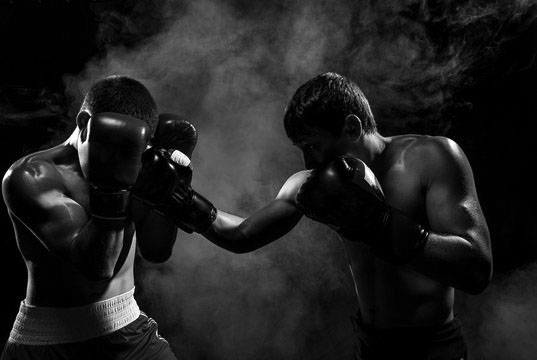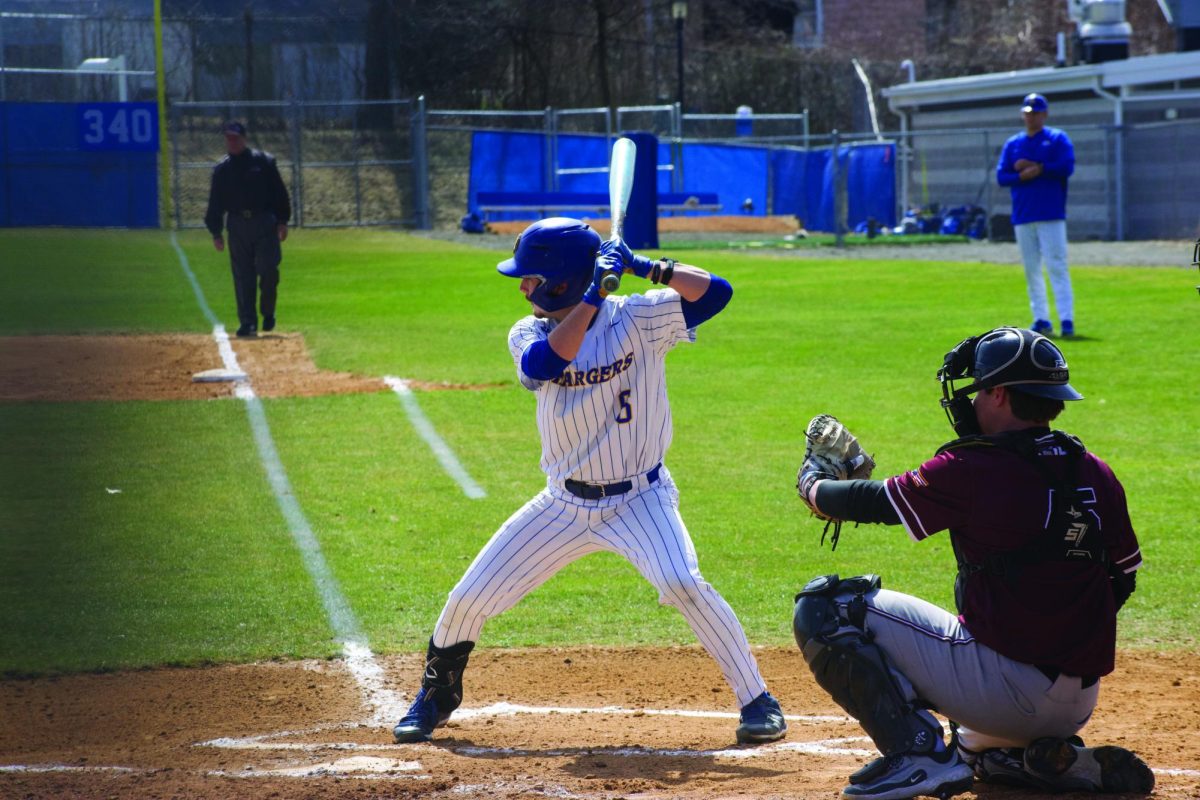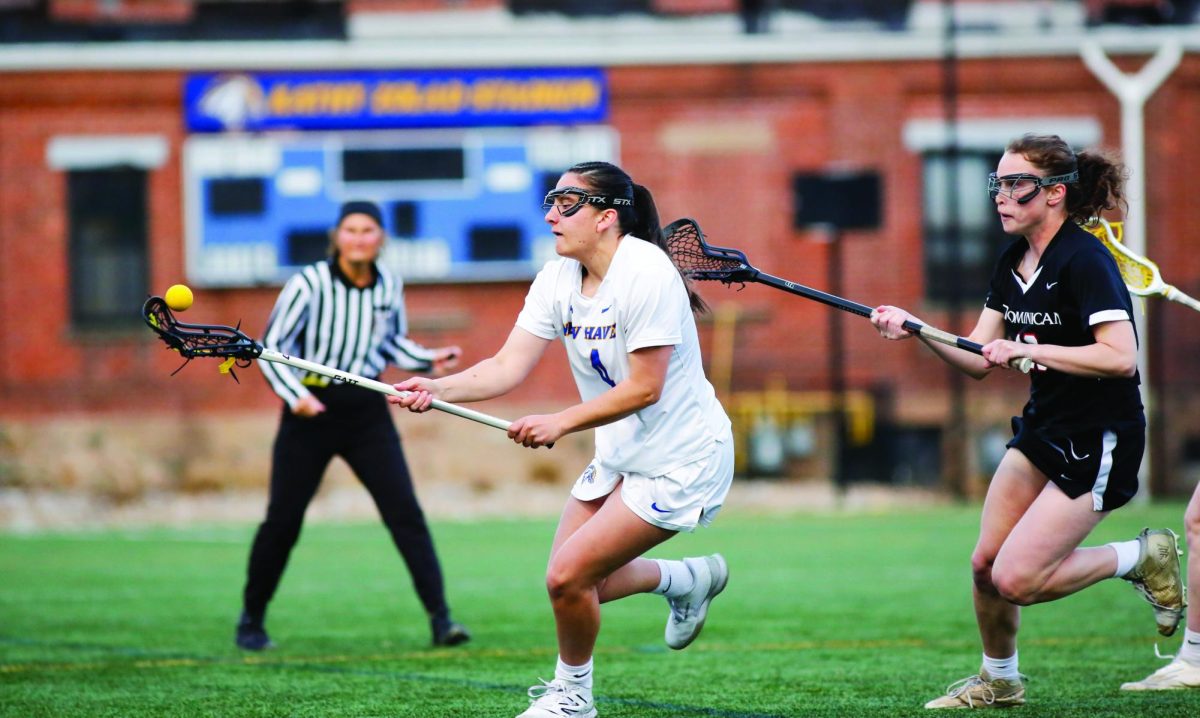The sharp rise in school shootings has forced universities across the nation to confront an unsettling question: Are we prepared for an active shooter situation?
According to the Gun Violence Archive, there have already been 18 mass shootings in 2025, including a recent incident at Antioch High School in Nashville, TN on Jan. 26. These tragic events underscore the urgent need for campuses to reexamine their safety protocols and consider whether they can ever be fully prepared for such an unpredictable threat.
The stakes could not be higher. Data from the Centers for Disease Control and Prevention show that gun violence is now the leading cause of death for young people under 24 in the United States. Universities, as hubs of learning and growth, are increasingly becoming focal points for prevention strategies. Yet the challenge is multifaceted, requiring intense emergency protocols, mental health resources and proactive measures to address the root causes of violence.
Victor Rodriguez, a professor at the University of New Haven, emphasized the importance of immediate response strategies. “If a shooter was outside the door, we have protocols in place to maximize safety,” he said.
One often-cited factor linked to school shootings is bullying. Many perpetrators have histories of being bullied, as seen in high-profile cases such as the Sandy Hook shooting — a tragedy that remains deeply impactful for Connecticut residents. According to a 2019 report by the U.S. Secret Service National Threat Assessment Center, most attackers who target K-12 schools have been bullied, often experiencing persistent harassment. The report emphasizes early intervention in bullying cases as a critical step in preventing future violence. Schools should adopt zero-tolerance policies toward bullying, beginning in grade school. Such measures can help address the emotional and psychological challenges that can escalate into violence later in life.
Mental health resources also play a critical role in prevention. Many campuses have increased access to counseling services and created peer-support networks aimed at fostering a sense of belonging and reducing feelings of isolation.
The psychological impacts of school shootings extend far beyond the immediate aftermath. For many survivors, the trauma of such events can persist for years, affecting their mental health and overall sense of security.
Mary-Frances O’Connor, a psychology professor at the University of Arizona, emphasizes patience in the healing process. “Our body also takes time to absorb the blow,” she said, reinforcing the importance of self-compassion and time in trauma recovery.
For students like Meghan Morrissey, a senior criminal justice major at the University of New Haven, campus safety measures inspire confidence but still leave room for improvement.
“Honestly, I feel safe on campus, but I think more preparation is necessary,” Morrissey said. She suggested implementing regular active shooter drills to help students become more familiar with emergency protocols. “If we don’t practice what to do, we’re left guessing in a real situation — and that’s not good enough,” she said.
By focusing on both immediate preparedness and addressing the societal factors contributing to violence, we can make a positive change. While institutions play a critical role, the ultimate responsibility lies in preparedness.







